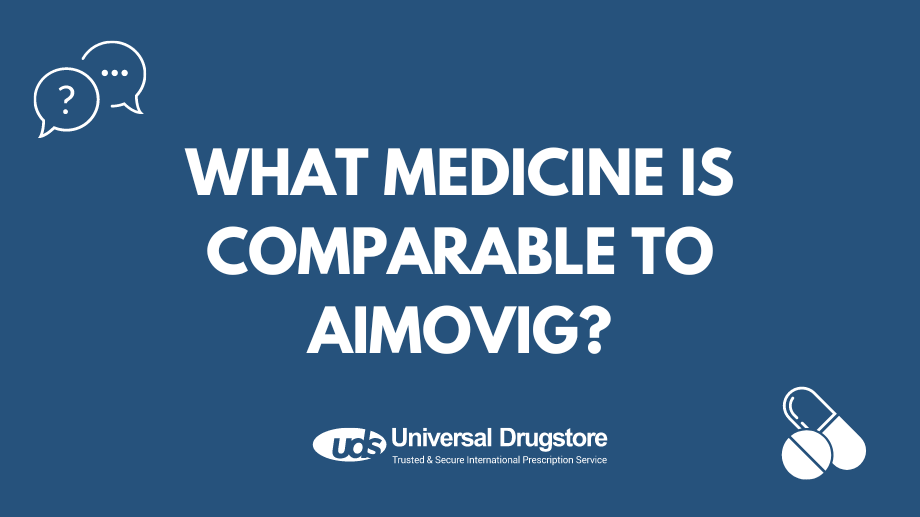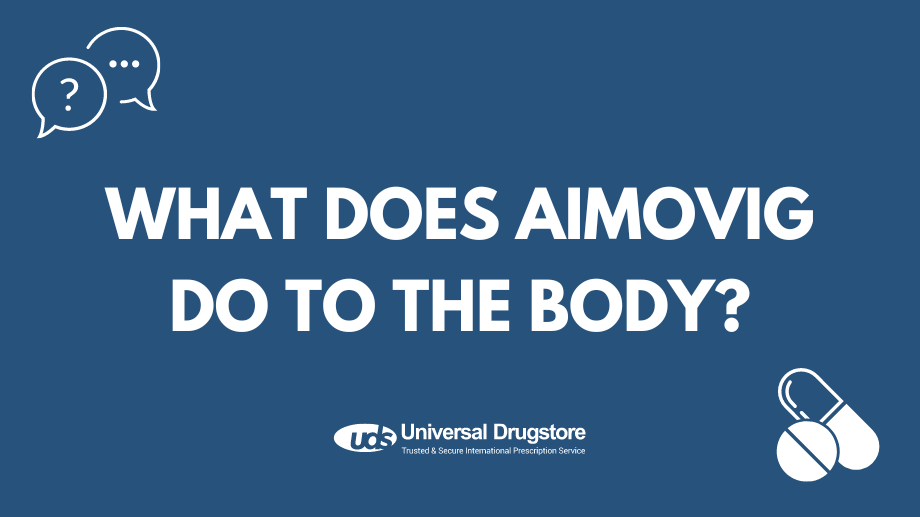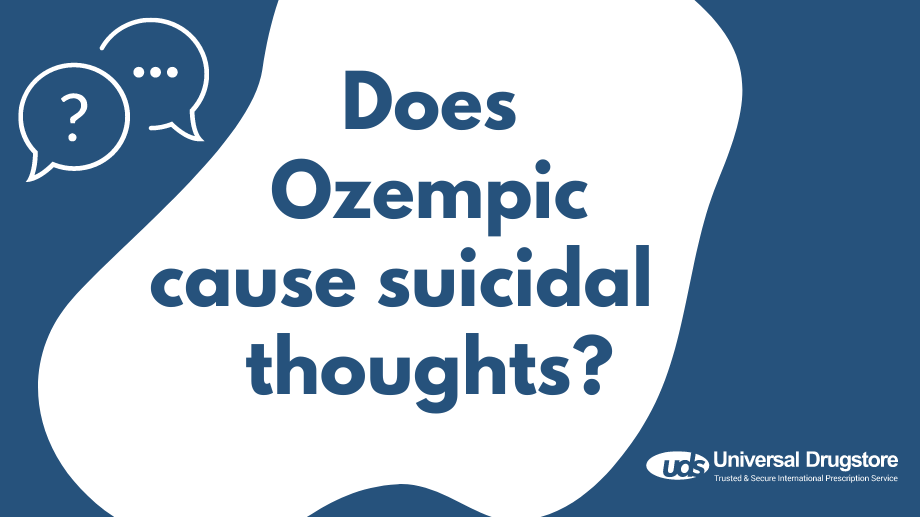The 3 main categories of preventive therapies for migraines before 2018 included anticonvulsants, antidepressant/anti-anxiety, and blood pressure (beta-blockers) medicines. These preventive treatments are still used today and can be effective for some people. However, many migraine patients do not respond to these treatment options or had side effects or contraindications that prevent them from taking these medications.
Since then, “gepants” such as Nurtec ODT (rimegepant) and Qulipta (atogepant) and CGRP receptor blockers such as Ajovy (fremanezumab-vfrm) and Aimovig (erenumab-aooe) have also now received FDA approvals for the preventive treatment of migraines.
CGRP blockers are available in different dosage forms such as nasal sprays, oral medications, and injections. Some of these new drugs can be used to treat acute migraine attacks, while others are used in the prevention of migraines. They can also differ by how often they are taken, the side effects seen, and the cost.
Keep reading as we discuss how Aimovig works, its side effects, and how it compares to other medications used to treat migraines.
What is Aimovig?
Aimovig (erenumab-aooe) is a once-monthly subcutaneous injection (under the skin) that is manufactured by Amgen and Novartis. It is approved by the U.S. Food and Drug Administration (FDA) to prevent episodic migraine and chronic migraine headaches. It is used to reduce migraine frequency in adults when other medications don’t work or they cannot take them because of side effects or drug interactions.
Aimovig comes as 70 mg or 140 mg prefilled syringes or SureClick autoinjector pens.
How does Aimovig work?
Aimovig is a monoclonal antibody that contains the active ingredient, erenumab-aooe. Monoclonal antibodies are drugs made from your immune system cells. Aimovig belongs to a class of drugs called calcitonin gene-related peptide or CGRP inhibitors. CGRP is a protein thought to cause inflammation in your brain, leading to migraine attacks. Aimovig’s mechanism of action is to block the action of these CGRP proteins in your brain and nervous system. This reduces inflammation and helps stop the widening of the blood vessels in your brain associated with migraine symptoms.
What are the side effects of Aimovig?
The most common side effects reported in clinical trials when compared to placebo include:
-
Injection site reactions (redness, swelling, pain)
-
Mild constipation (fewer than 3 bowel movements per week)
Other side effects of Aimovig may include:
-
Muscle spasms
-
Hair loss
-
Mouth ulcers
-
Rash
Rarely, Aimovig can cause serious side effects, including:
-
Serious, life-threatening allergic reaction (hives, itching, swelling of the face, mouth, tongue, or throat, and trouble breathing)
-
Severe constipation with serious complications that may require hospitalization or surgery
-
High blood pressure (hypertension)
These are not all of the possible side effects of Aimovig. You should always seek medical advice from your healthcare professional for any questions or concerns about your medical condition or treatment. Read all prescribing information, medication guides, or drug information sheets that are given to you by your healthcare provider. You can also report adverse effects to the FDA at www.fda.gov/medwatch or 1-800-FDA-1088.
Is Aimovig better than Emgality?
Aimovig (erenumab) and Emgality (galcanezumab) are both monoclonal antibodies that block CGRP proteins to help relieve migraine symptoms. They are both FDA-approved to prevent migraines, but Emgality is also approved for the treatment of episodic cluster headaches.
Aimovig and Emgality are both given as subcutaneous injections (under your skin) you give yourself at home once a month.
They both may cause injection site reactions. Aimovig can also cause constipation and new or worsening high blood pressure while Emgality may cause sore throat. The cost of each medication is relatively the same.
If you are allergic to latex, you may not be able to use the Aimovig autoinjector or prefilled syringe as they both contain forms of latex.
So how does their effectiveness compare?
In separate clinical trials that studied how well Aimovig and Emgality worked to prevent chronic migraines:
-
Aimovig had a higher decrease (-2.5 days) in monthly migraine days when compared to Emgality (-2.1 days).
-
Aimovig also had a higher percentage (16.4%) of patients who had their migraines reduced by 50% when compared to Emgality (13%).
What is the difference between Nurtec ODT and Aimovig?
Nurtec ODT and Aimovig are both used to prevent migraines but they have several differences. Aimovig is a monoclonal antibody that binds to CGRP (a protein found in the brain that is thought to cause migraines) while gepants like Nurtec ODT bind to and block the CGRP receptor. Nurtec ODT can also be used to treat acute migraines.
Nurtec ODT is placed onto or under your tongue as needed to relieve acute migraine attacks. After 1 hour, it provided migraine pain relief in 37% of people compared to 31% taking a placebo. It allowed 22% of people to return to normal function compared to 16% taking a placebo. You can also take 1 tablet of Nurtec ODT every other day to prevent migraine attacks. It should be noted that the safety of using more than 18 doses in a 30-day period has not been established. Those taking Nurtec ODT had an average decrease of 4.3 monthly migraine days compared to a decrease of 3.5 days in those taking a placebo.
Aimovig is a subcutaneous injection you can give yourself once a month in your upper arm, thigh, or stomach. In a study of people with episodic migraine, those taking Aimovig had an average of 3 to 4 fewer migraine days per month compared to around 2 fewer migraine days for those taking a placebo. In a study of people with chronic migraine, people taking Aimovig had about 7 fewer migraine days per month compared to 4 fewer migraine days with those taking a placebo.
The most common side effects of Nurtec ODT include stomach pain, nausea, and indigestion. The most common side effects of Aimovig include injection site reactions and constipation.
The cost of Aimovig is cheaper than Nurtec ODT when used as a preventative medication. One injection of Aimovig (30-day supply) is around $850 while #16 tablets of Nurtec ODT (32-day supply) is over $2300.
How does Aimovig compare to Ajovy?
Aimovig (erenumab) and Ajovy (fremanezumab) are both monoclonal antibodies that block CGRP proteins to help reduce monthly migraine days. They are both subcutaneous injections that can be given in the upper arm, thigh, and stomach. Aimovig is taken once a month while Ajovy can be given once a month or once every 3 months depending on the dose.
Aimovig and Ajovy both share a lot of the same common side effects including injection site reactions.
In clinical trials, a small number of people had an immune reaction to these medications. The reaction caused their immune system to develop antibodies against the drugs, which can cause the medication not to work. Over 6% of people developed antibodies to Aimovig while less than 2% developed antibodies to Ajovy.
There have not been any head-to-head studies between Aimovig and Ajovy. However separate clinical studies have shown them both to be effective in preventing episodic and chronic migraines.
For episodic migraines:
-
In placebo-controlled studies with Aimovig, around 40% of those taking 70 mg of the medication reduced their monthly migraine days by at least 50%. Up to half of patients taking 140 mg each month had the same results.
-
In a study conducted by Teva Pharmaceuticals with Ajovy, about 48% of people taking 225 mg a month decreased their monthly migraine days by at least 50%. Around 44% of those taking Ajovy every three months had the same results.
For chronic migraines:
-
In a study with Aimovig, around 40% of people who took either 70 mg or 140 mg of the drug a month had 50% or fewer migraine days.
-
In a study of Ajovy, about 41% of people taking monthly Ajovy 50% or fewer migraine days. For those taking Ajovy every 3 months, about 37% had the same results.
The retail cost of Aimovig and Ajovy are both around $850, although your copay may vary based on your insurance coverage.
How is Vyepti different from Aimovig?
Vyepti (eptinezumab-jjmr) and Aimovig are both monoclonal antibodies that block CGRP activity. However, Vyepti binds to the CGRP ligand and blocks its binding to the receptor while Aimovig binds to the receptor to stop it from working. Vyepti is an intravenous (IV) infusion given every 3 months by your doctor while Aimovig is a subcutaneous injection you give to yourself monthly at home.
The most common side effect seen with Vyepti was common cold symptoms such as sneezing, runny nose, and sore throat. The most common side effects of Aimovig were injection site reactions and constipation.
In studies for the treatment of chronic migraines, people taking 70 mg and 140 mg of Aimovig had 2.5 fewer monthly migraine days. Those taking 100 mg of Vyepti had 2 fewer monthly migraine days while people taking Vyepti 300 mg had 2.6 fewer days.
Vyepti also reduced more of their patients’ migraines by half than Aimovig. Around 18.2% of people taking Vyepti 100 mg reduced their monthly migraine days by half while only 16.4% of those taking Aimovig 70 mg had the same results. Vyepti 300 mg (22.1%) also reduced the number of migraines by half at a higher rate than Aimovig 140 mg (17.7%).
The estimated cost of Vyepti for 1 ml of the IV solution (100 mg/mL) is around $1,800. You may have additional costs for the infusion given at your doctor’s office. The average retail cost of Aimovig is around $850.
Related medications
Sources
-
Medscape: https://reference.medscape.com/drug/aimovig-erenumab-1000205#4
-
Migraine: https://migraine.com/clinical/cgrp-similar-different
-
Aimovig Package Insert: https://www.pi.amgen.com/-/media/Project/Amgen/Repository/pi-amgen-com/Aimovig/aimovig_pi_hcp_english.pdf
-
Medical News Today: https://www.medicalnewstoday.com/articles/326056#about
-
Healthline: https://www.healthline.com/health/drugs/vyepti#what-it-is









